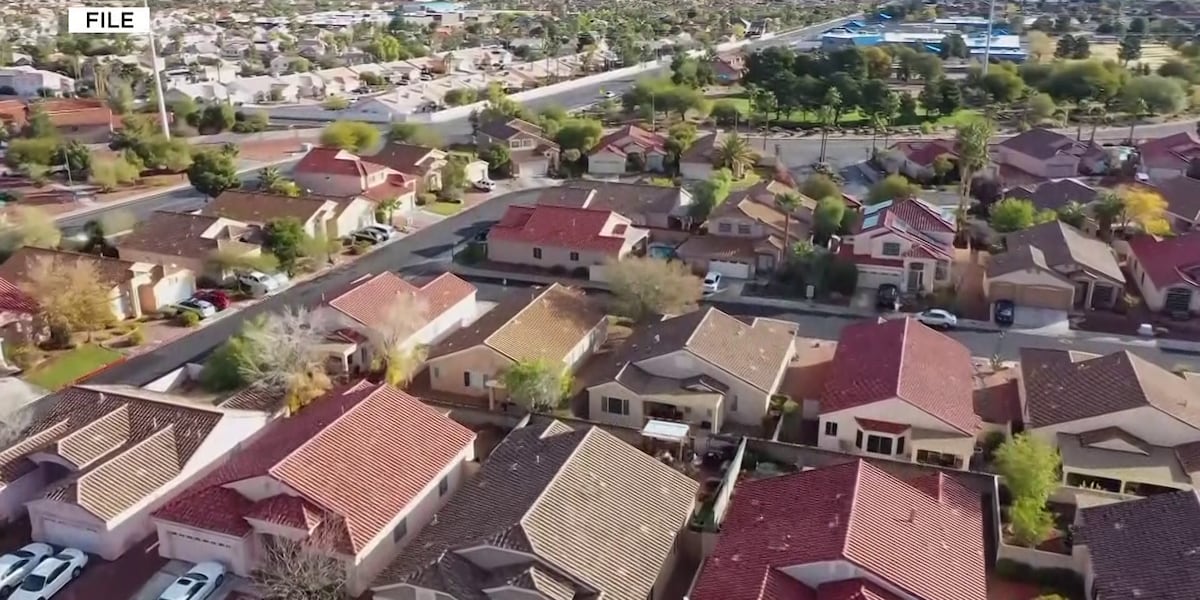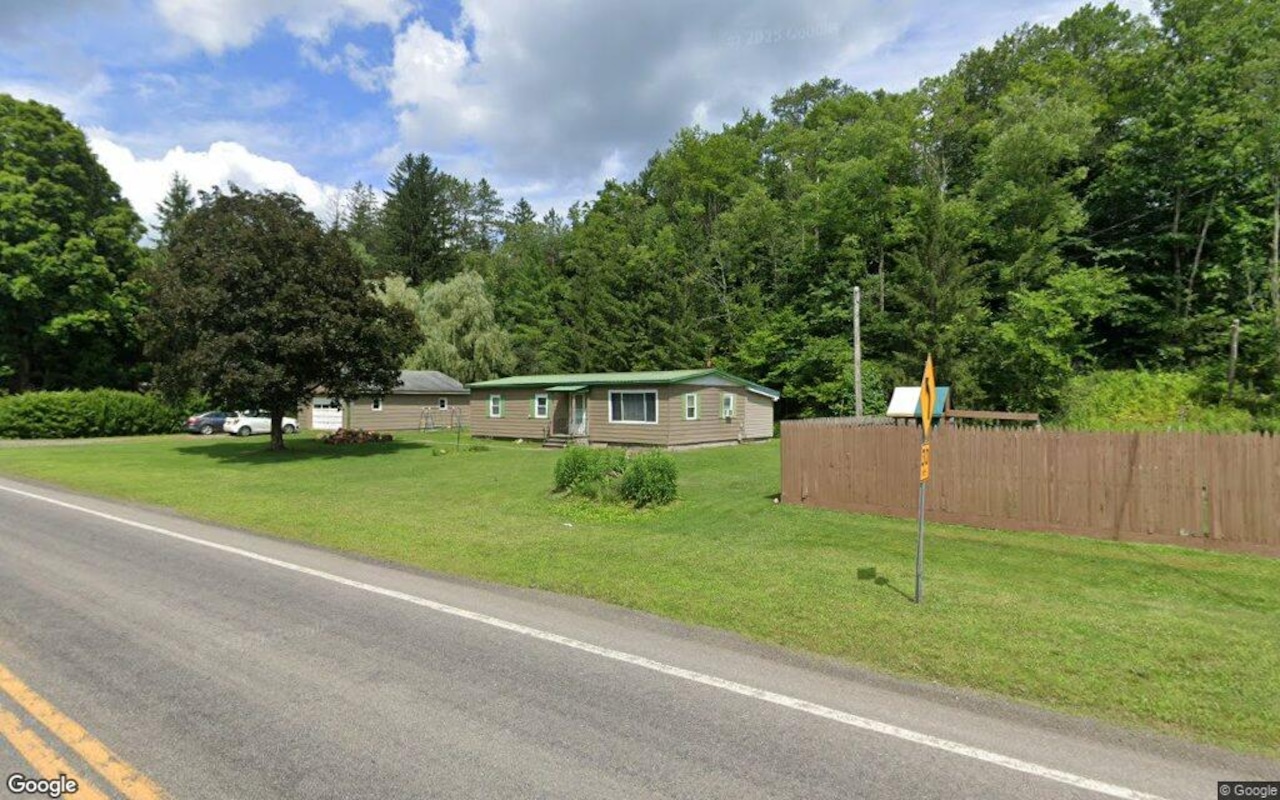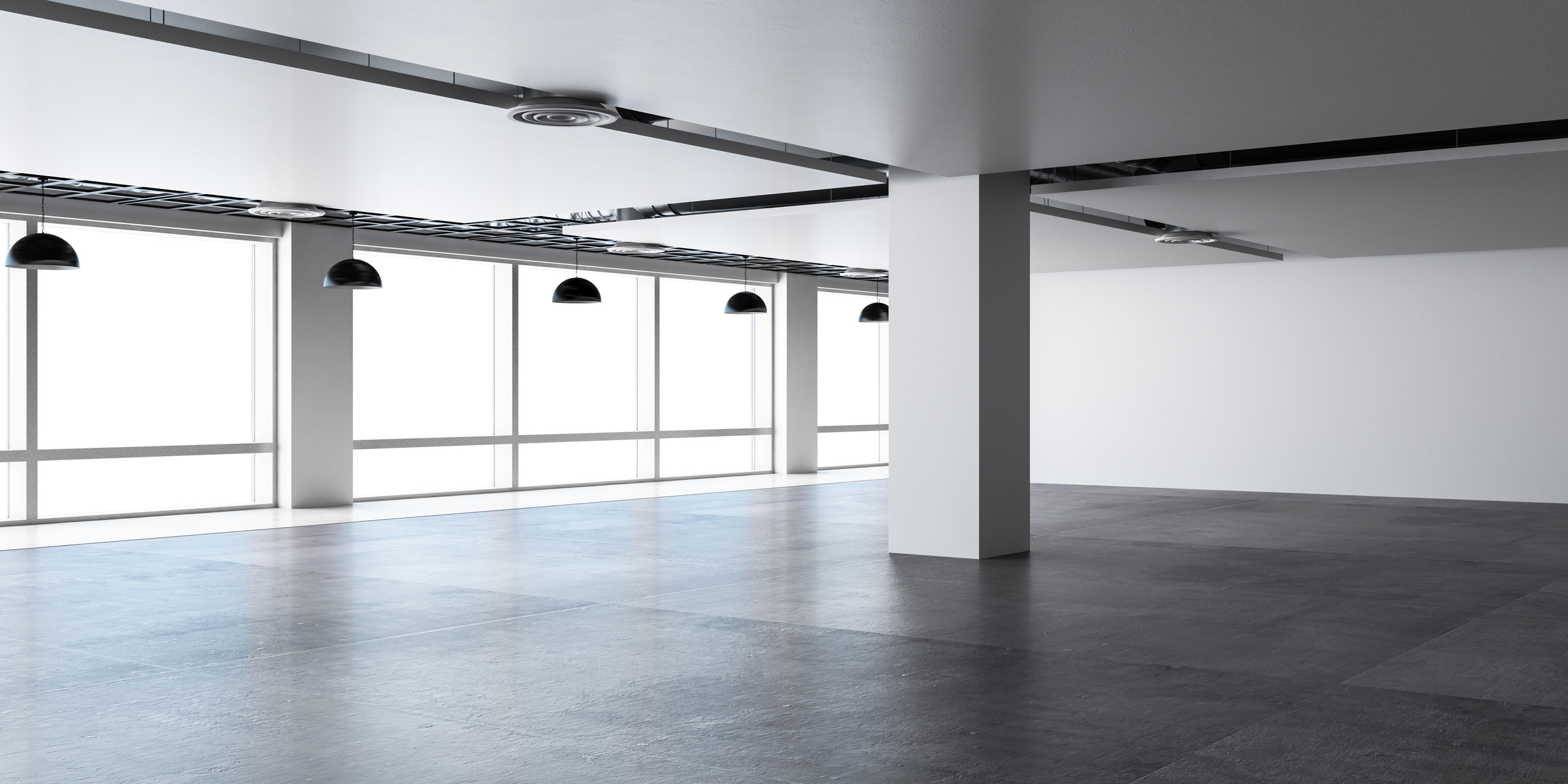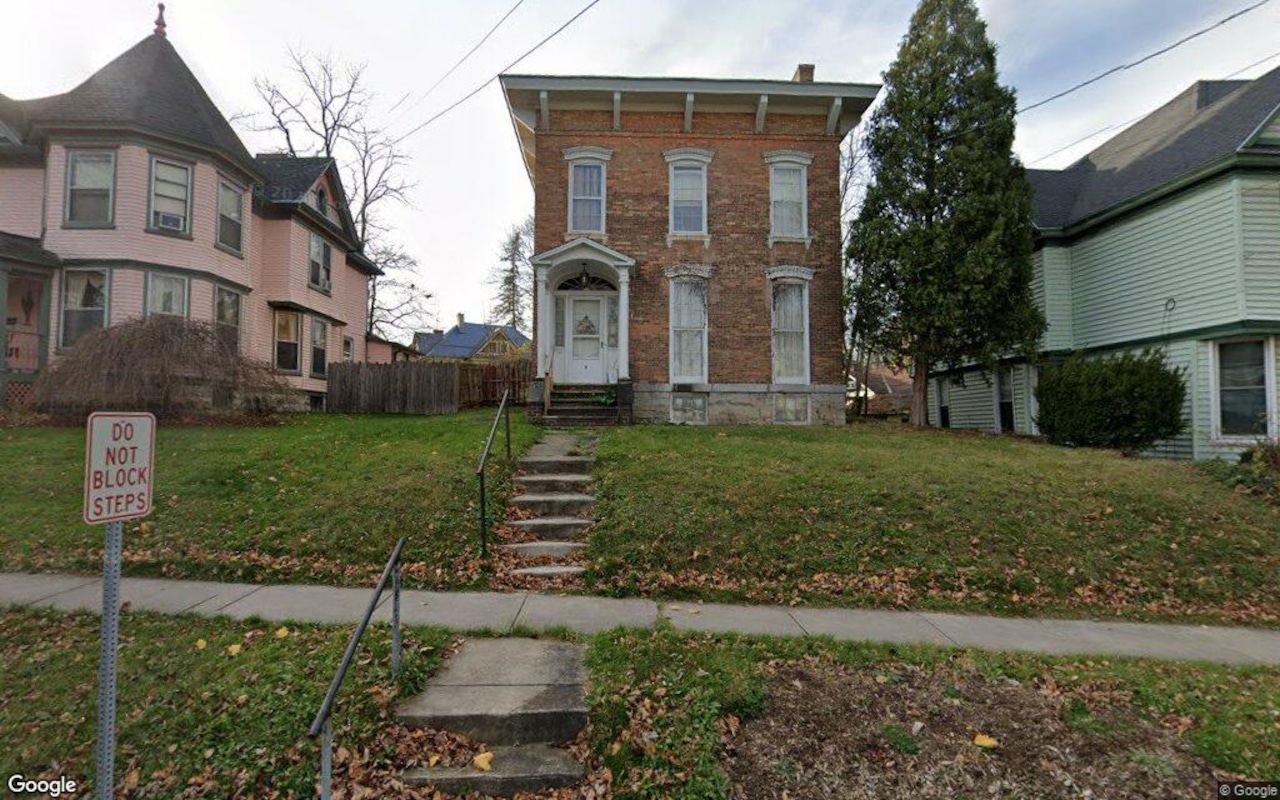W
hen it comes to home buyers' preferences, detached single-family homes remain a top choice. However, the size of these homes is shrinking, according to the National Association of Home Builders (NAHB). In 2023, home buyers had a median of 1,802 square feet in their current home and wanted a median of 2,067 square feet, which is about 200 square feet less than what they desired two decades ago.
Buyers are willing to compromise on space for features like a home office or dining room. The NAHB report suggests that high home and land prices, as well as the desire to save on heating and cooling costs, may be contributing factors to this shift in size preferences. Additionally, changes in household composition could also be driving down the size of homes.
The number of single households and single home buyers is increasing, with about a third of recent home buyers being single. This demographic may prefer smaller properties, such as two-bedroom, one-bath homes, which are not typically available in the current inventory. As a result, home builders are starting to build smaller properties that cater to these changing needs.
While some might attribute this trend to an aging demographic looking to downsize, the numbers don't support this notion. In fact, older buyers are only downsizing by about 100-200 square feet on average. According to Census data, the median square footage of new single-family units peaked in 2015 at 2,466 square feet and dropped to 2,177 in 2023.
In some regions, such as the western part of the country, local policies like tree ordinances are forcing builders into smaller homes due to lot coverage restrictions. Randy Ginn, a broker with NW Builders Group, believes that these regulations are more significant than a shift in buyer preferences. He notes that buyers typically want to buy as big of a home as they can afford within their comfort zone.
When comparing new builds to previously owned homes, NAR data shows that existing homes purchased in 2024 were slightly smaller, at about 1,800 square feet. This makes sense, given that many existing homes were built during a time when properties were smaller. The typical home bought in 2023 was built in 1985, and the typical home bought in 2024 was built in 1994.
Ultimately, the amount of space needed to call home varies from person to person. While square footage is an important consideration, it's not the only factor. Buyers may prioritize features like openness, natural light, and outdoor spaces over sheer size.














